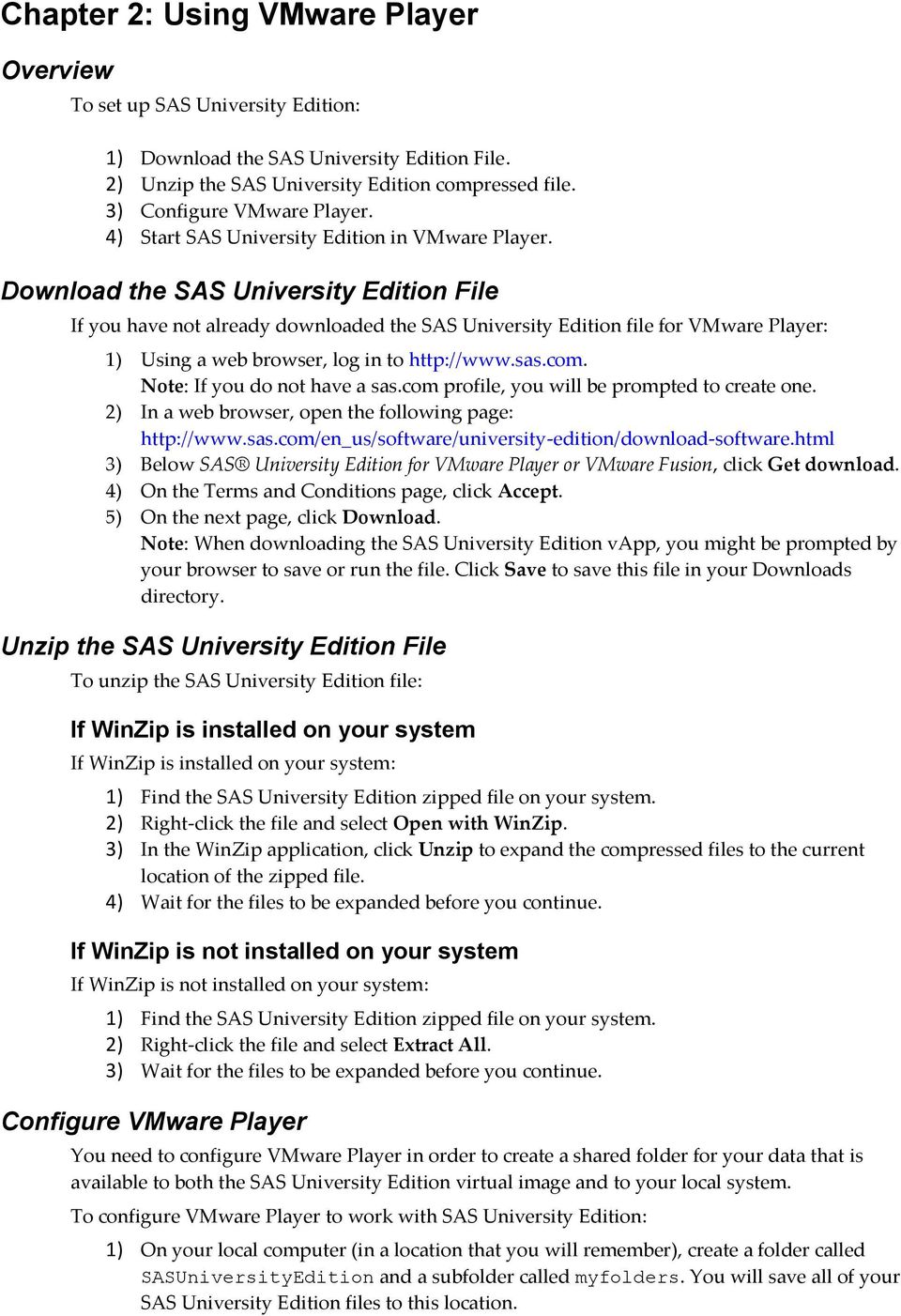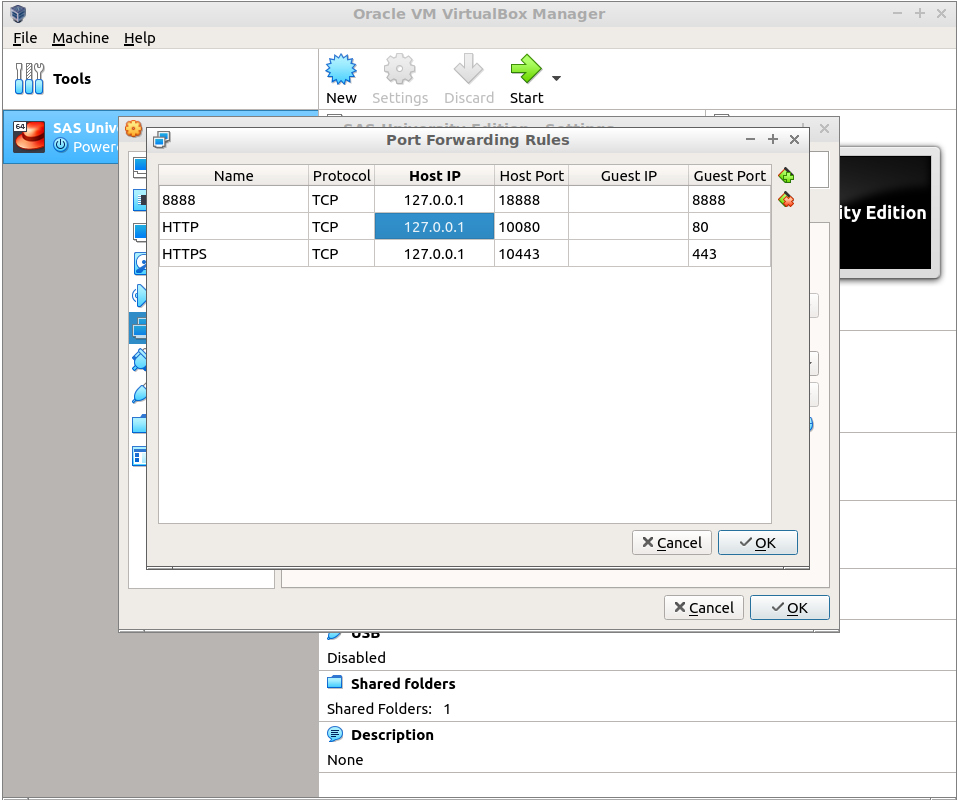

- SAS UNIVERSITY EDITION VT X IS DISABLED IN THE BIOS HOW TO
- SAS UNIVERSITY EDITION VT X IS DISABLED IN THE BIOS FULL
- SAS UNIVERSITY EDITION VT X IS DISABLED IN THE BIOS PRO
On Pro versions of Windows you can do this using gpedit.msc (set Local Computer Policy > Computer Configuration > Administrative Templates > System > Device Guard > Turn on Virtualization Based Security to Disabled.

SAS UNIVERSITY EDITION VT X IS DISABLED IN THE BIOS FULL
If you can find the latter option but can't find the former, and it's a recent PC (post 2016) then it's likely that VT-x/AMD-v is enabled by default in your BIOS, so go to step 3! Remember to cycle power on your host PC after making and saving the BIOS changes - in this case a full restart from power off is required, just rebooting or resuming from a hibernated state may not do the job. If you see "Virtual Directed I/O" (VT-d/AMD-Vi) then that is a different thing. The option may be called something like "Enable Virtualization Technology", "Enable SVM Mode" (AMD CPUs), "Enable Vanderpool Technology" (Intel), or perhaps "Secure Virtual Mode". Once you get there you need to look for something buried in a menu, perhaps in the security category. This is probably not something we here at the VirtualBox forums can help you with.
SAS UNIVERSITY EDITION VT X IS DISABLED IN THE BIOS HOW TO
You need to check with your PC manual or support forum to find out how to boot into the BIOS screen.

You usually need to enable VT-x/AMD-v in the host PC BIOS.The CPU must be 64bit and support either Intel or AMD virtualization technologies: VT-x or AMD-v. Note your exact CPU model or part number, then go online and check its capabilities.To ensure that you can still run VMs in those categories, run through the following checklist :. The developers clearly feel that supporting older machines that don't have this hardware feature is no longer justified commercially. Starting with VirtualBox 6.1.0 the latter is now true for all other hosts. OS X hosts require VT-x/AMD-v for every VM. This includes all 64bit VMs, and all VMs which use >1 CPU core. VirtualBox requires hardware support for virtualization (Intel VT-x or AMD-v) in order to run certain categories of VM. The original text remains below, the "bittedness" stuff is now less relevant, but the underlying problem and solutions have not changed. However VirtualBox 6.1.x now requires VT-x/AMD-v to be available (or Windows NEM, but we'll leave that for now) for all VMs, whether 32bit, 64bit, single or multiple vCPU and so on. If the topic had been called "VT-x not available error" then newbies may not have understood the relevance. This topic has the name it has because that was how most users encountered the problem of VT-x/AMD-v hardware accelerated virtualization not being available.


 0 kommentar(er)
0 kommentar(er)
